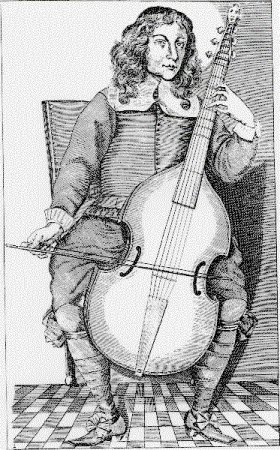
Viola da Gamba Society—New England
Winter Workshop 2014
Motets (and Masses)
On Viols
Slosberg Music Building
Brandeis University, Waltham MA
Sunday, January 12, 2014
Music Director: Loren Ludwig
Coordinator: Joan Boorstein
Featuring Wendy Gillespie, Larry Lipnik,
Loren Ludwig, ZoeWeiss